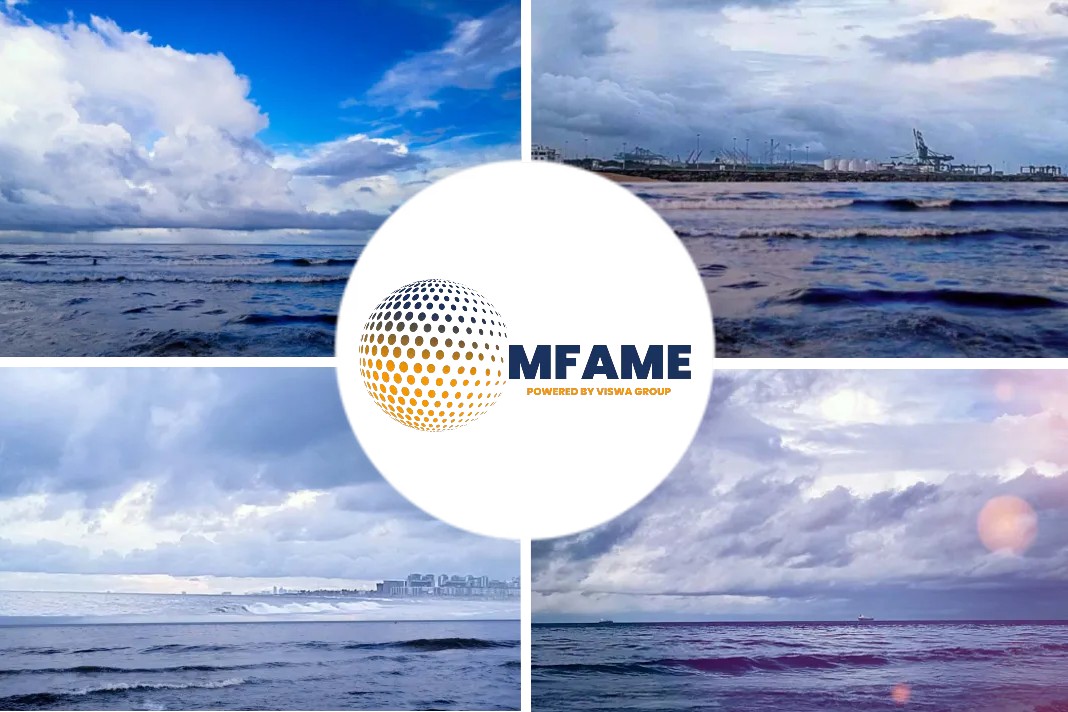A recent news report by Reuters says that a wave of contaminated fuel that has clogged and damaged engines on hundreds of oil tankers and container vessels in the past months, has pushed shippers to demand stricter quality controls around the world.
Why tracing source is difficult?
The calls are shining a light on the notoriously opaque shipping fuel sector, where any contamination can spread quickly and be difficult to trace back to its source.
Large volumes of fuel oil after being blended with so-called cutter stocks by suppliers are sold on through an extensive network of middlemen before finding their way into ships’ fuel tanks.
Dirty fuel wave lashes
This tide of dirty fuel comes when the shipping industry, the backbone of global commerce with over 90 percent of the world’s traded goods transported on the oceans, is bracing for an unprecedented shift to lower-sulfur fuel from 2020.
The contamination first emerged at the U.S. Gulf coast as early as January this year, but the exact suppliers and sources of the contaminants remain unknown. It then spread to places such as Singapore, the world’s largest hub for marine fuel, also known as bunker fuel, and onto other ports in Asia.
Comments on tainted fuel
“We strongly believe that the (marine) fuel industry should get a grip on the situation and take on the responsibility it has in these matters,” said Mads P. Zacho, chief executive officer at Danish shipping company J. Lauritzen.
When approached by Reuters for comment on the tainted fuel, the International Bunker Industry Association (IBIA) referred Reuters to statement issued in late-July in which it said it was “not useful to seek to apportion fault when there is no agreement as to what the root cause is”.
The Maritime and Port Authority of Singapore and the Port of Houston Authority did not immediately respond to requests for comment. More than 40,000 ships call at Singapore for refueling each year, with port authorities typically licensing bunker supplier operations.
“You have bunker ports where the contaminated fuel exists, then it gets sliced and diced over different suppliers and different bunker barges, then eventually it hits the ship operator,” said Douglas Raitt, regional consultancy manager at ship classifier Lloyd’s Register.
He added that, while it was difficult to give an exact number, around 200 to 300 ships could have been affected globally, which would dwarf previous such problems.
Problems of Tainted fuel
The tainted fuel can harm engines in ways such as clogging pipelines or overwhelming fuel filters, Singapore-based marine fuel surveyor and consulting firm Maritec Pte Ltd has said. Some damage can be repaired at sea, but other cases have required vessels to return to port.
A source with direct knowledge of the matter said that at least two oil tankers operated by oil giant BP had been hit by cases of contaminated fuel that cost “big money and big delays”, while BP did not respond to Reuters request for comment. “This lack of investigation into such a serious breach of safety norms is totally inadequate and hugely disappointing,” Intertanko, an association of independent tanker owners and operators with a combined fleet of almost 4,000 ships, said in a statement in August. It did not specify which authorities it thought should investigate the issue.
Fuel standards for other demands
While regulations governing marine fuel standards have been established by the International Maritime Organization (IMO), the United Nations’ shipping agency, “in practice few countries appear to be properly discharging these obligations”, said John Bradshaw, technical director at the International Chamber of Shipping, which represents over 80 percent of the world’s merchant fleet.
“Most countries take a position that it is a commercial matter between fuel suppliers and purchasers and that they have no obligation in ensuring the quality of fuel oil supplied to ships in areas under their jurisdiction,” said Bradshaw.
Fuel standards in other mass transport sectors, including aviation, tend to be strictly enforced as problems there could lead to fatal accidents.
The marine fuel industry has had its fair share of scandals, including large-scale fuel-theft and illegal under-selling of fuel through what the industry calls the ‘cappuccino effect’, where sticky fuel oil is frothed to inflate its apparent volume to buyers.
Cutter stocks
The IBIA said that a common, but speculative, view was that the current wave of contagion likely came from “inappropriate cutter stocks used in the production of bunkers at one or more refineries and/or terminals”.
The industry uses cutter stocks to help meet marine fuel grade specifications.
“In similar cases in the past, the source of the contaminant was never adequately identified, but … the root cause was by and large a lack of control of the quality of cutter stock used in the marine pool,” the IBIA said.
More Blending, More Problems?
Meanwhile, the IMO will from 2020 force shippers to use fuels with 0.5 percent sulfur content by mass, down from 3.5 percent currently.
“Problems with contaminated fuels might become an even bigger problem in 2020 because you have to think about the fact that 0.50 percent mass sulfur fuel requires a lot more blending than 3.50 percent mass sulfur fuel,” said Raitt at Lloyd’s Register.
Intertanko said that if the fuel delivered to ships continued to lack quality controls, that could also undermine “a safe and smooth enforcement” of the 2020 rules.
“If those responsible for providing good, lasting quality fuels … show the same lack of interest as shown so far in addressing and solving the root causes of current contamination problems, the 2020 landscape only looks more troublesome for ship owners,” said Dragos Rauta, technical director at Intertanko to Reuters.
Did you subscribe for our daily newsletter?
It’s Free! Click here to Subscribe!
Source: Reuters
















